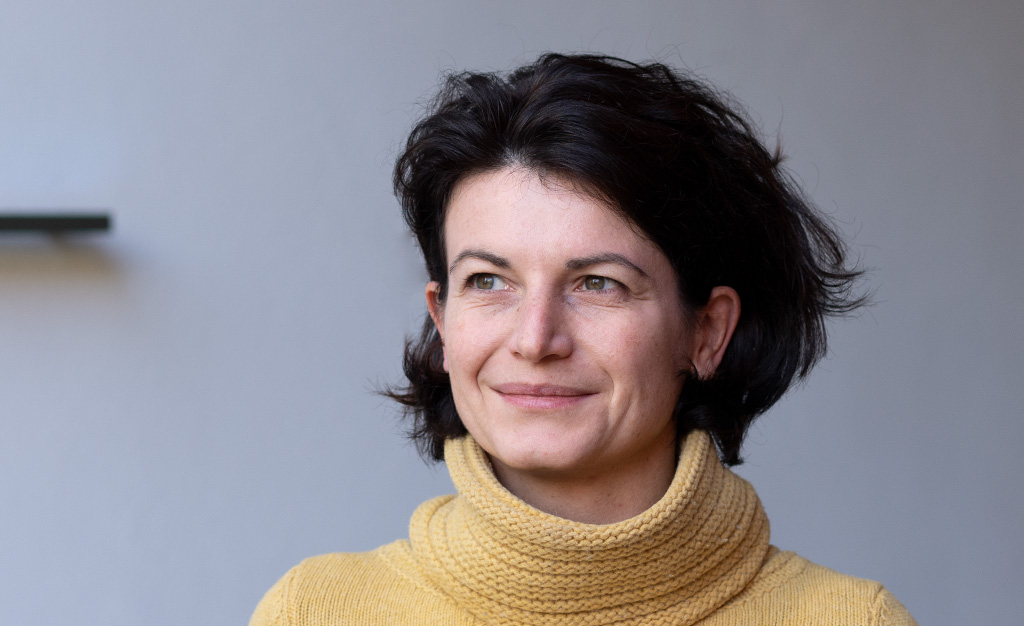
 Bettina Maier
Bettina Maier

03.04.2018
Rebuilding an airplane in midair
Field of implementation – stability and security within the company
In order to ensure that efficiency and stability remain balanced, results-oriented innovations occur within performance-based organizations. This means that new products and services focus primarily on optimization and further development. In the field of implementation, it is therefore difficult to cultivate the appropriate breeding ground for fundamentally new business models.
The methods and processes from the field of implementation reach their limits when developing new business models. In addition to serving the further development of the company, they are there to maintain the efficiency and stability of the organization. Familiar tasks are superbly mastered to produce reliable results.
Exploratory space – room for new ways of thinking
When we talk about fundamental innovations, we mean that their results can be flexible yet they remain goal-oriented. In other words, we develop ideas and options for new products, services, and business models—exploring and moving around on unknown terrain without knowing from the outset if and when you will succeed.
Effectiveness and speed are confronted with efficiency and stability. Agile methods and a healthy “error culture” replace waterfall principles and safety-based thinking. This is not done as a greenfield strategy, but rather within defined guard rails. On the one hand, these guard rails provide a direction, and on the other, they open up free space within the company and for the employees. However, the major challenge will not be to expand the free space, but rather to protect it and permanently anchor it within the company’s culture and in the everyday life of its employees.
For most employees, free space sounds very positive at first. However, using free space also means learning to deal with it responsibly and deliberately discarding old patterns of behavior in order to create room for “new thinking”. Many employees will need support in terms of their impulses, motivation, and perseverance.
Dual operating system
With start-ups, incubators, buy-ins, spin-offs, etc., companies are testing different ways of developing new business models.
Companies often even start in an exploratory state as a form of start-up. To a certain extent, expanding the exploratory space also means returning to the company’s roots in order to create an awareness of the innovative culture’s core within the company.
An evolved company cannot disregard one thing and leave the other. There are different approaches to establishing an exploratory space while developing the field of implementation at the same time. John Kotter describes an integrative approach in his model of the “dual operating system.”
The core of the model is the intersection of the two operating systems—in this case the “exploratory space” and the “field of implementation.”
The aim is to further develop the company from within and build up a sustainable innovation culture. The key to making this happen is the employees and their interconnectedness. As the result of its versatility, the company is always on stable footing for whatever comes next.
The reflection space – working on the system
From the first projects in the area of organizational development, we quickly learned that we have to expand the model of the “dual operating system” in order to work more consciously on the system itself. Together with our project partner Claudia Träger, we have further developed this space and called it a reflection space. It offers us the opportunity to take a step back and put the processes and methods to the test—and if necessary, discard them and rethink them.
Within the reflection space, the team develops the ability to distinguish between the two operating systems, but not to separate them. On the contrary: The aim of the reflection space is to connect the two operating systems—“exploratory space” and “field of implementation”—in an integrative way.
Diversity and versatility of a company
The more diverse and versatile a company is, the more resilient it is against turbulence and changes in the environment. Versatility is based on a company’s diversity, adaptability, and scope of action. The goal of the exploratory space is to develop, test, and filter a variety of strategic options. In this way, initial hypotheses become new opportunities that flow into the field of implementation.
Header photo by Caleb Woods